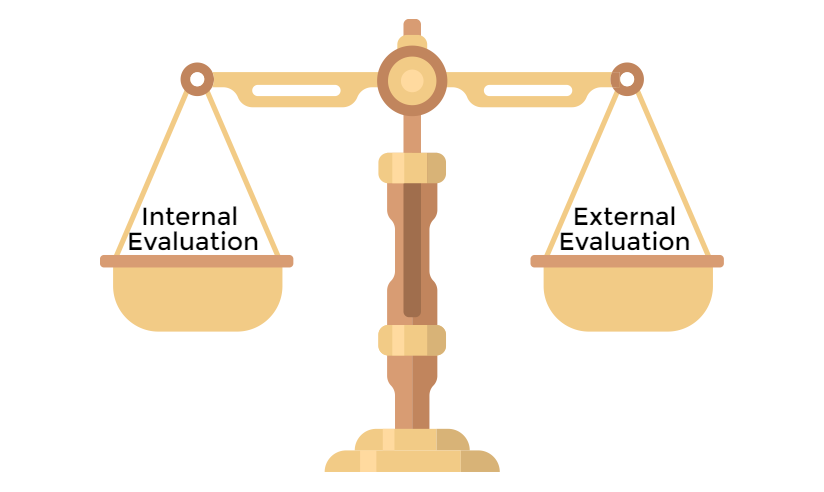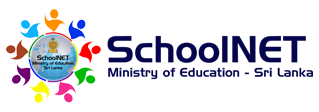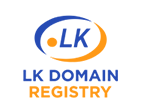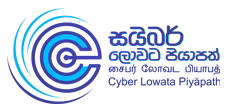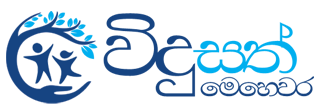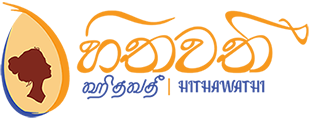The Internal Evaluation Team in a school is responsible for assessing various aspects of the school's functioning, performance, and educational processes. Their primary function is to gather data, analyze it, and provide feedback to school administrators, teachers, and staff to facilitate continuous improvement. Here are the key functions and responsibilities of an Internal Evaluation Team in a school:
-
Curriculum Assessment: Evaluate the effectiveness of the school's curriculum in achieving educational objectives. This includes reviewing course materials, lesson plans, and teaching methods to ensure alignment with educational standards.
-
Student Performance Analysis: Analyze student assessment data, including test scores, assignments, and examinations, to assess student learning outcomes. Identify areas where students may need additional support or enrichment.
-
Teacher Evaluation: Conduct teacher evaluations to assess teaching methods, classroom management, and instructional quality. Provide feedback and recommendations for professional development.
-
Assessment of Learning Environment: Evaluate the physical learning environment, including classrooms, libraries, labs, and technology infrastructure, to ensure they are conducive to learning.
-
Special Education and Inclusion: Assess the effectiveness of special education programs and services, ensuring that students with diverse learning needs receive appropriate support and accommodations.
-
Parent and Community Engagement: Evaluate the school's efforts to involve parents and the community in the education process. Assess the effectiveness of communication strategies and involvement programs.
-
School Climate and Safety: Evaluate the overall school climate, student behavior, and safety measures. Identify areas where improvements can be made to create a positive and safe learning environment.
-
Data Collection and Analysis: Collect and analyze data from various sources, including surveys, standardized tests, and classroom observations, to inform decision-making and improvement efforts.
-
Goal Setting: Collaborate with school leadership to set specific improvement goals based on evaluation findings. These goals should be measurable and aligned with the school's mission and vision.
-
Professional Development: Identify areas where professional development is needed for teachers and staff. Coordinate training sessions or workshops to address specific skill gaps.
-
Program Evaluation: Assess the effectiveness of special programs, extracurricular activities, and interventions aimed at improving student outcomes.
-
Documentation and Reporting: Maintain detailed records of evaluation findings, recommendations, and progress toward improvement goals. Provide regular reports to school leadership and stakeholders.
-
Continuous Improvement: Work collaboratively with all stakeholders to develop action plans for addressing identified areas of improvement. Monitor progress and adjust strategies as necessary to achieve desired outcomes.
-
Compliance: Ensure that the school complies with all relevant educational regulations and standards, and assist in the preparation of reports for accreditation and compliance reviews.
-
Feedback and Communication: Foster open and constructive communication among teachers, staff, students, parents, and the community to create a culture of continuous improvement.
The Internal Evaluation Team plays a vital role in promoting accountability, transparency, and the overall quality of education within the school. Their efforts contribute to the ongoing enhancement of teaching and learning processes, ultimately benefiting students and the entire school community.






